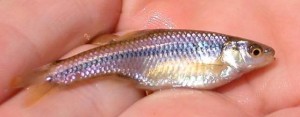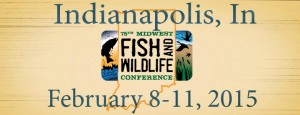The 50-Year Vision for the Future of Water in Kansas
Regional Goal Setting
A guiding principle of the Vision is that locally driven solutions have the highest opportunity for long-term success. With that in mind, the Vision outlines a process for water supply goals to be established by regions by stakeholders as a means for measuring success and implementing the Vision. A Regional Goal Leadership Team consisting of 9 to 11 individuals per region has been identified by the Kansas Water Authority to represent 14 planning areas (Map).
The role of each team is to participate in a public scoping process in their region, develop draft goals for their region based on public input and available resource condition information and present the draft goals to the Kansas Water Authority. A list of each individual serving on a Regional Goal Leadership Team is listed here.
Regional Goal Leadership Team Orientation Meetings
Cimarron: February 6, 2015 at the Stevens County Library (500 S. Monroe, Hugoton, KS) at 9 a.m.
Equus-Walnut: February 13, 2015 at the Pine Street Health Services Office in Newton (215 S. Pine, 2nd Floor Conference Room) at 10 a.m.
Great Bend Prairie: February 9, 2015 at the America State Bank & Trust (320 Broadway, Larned, KS) at 1 p.m.
Kansas: February 10, 2015 at the Lawrence City Hall Commission Room (6th and Massachusetts) in Lawrence at 10 a.m.
Marais des Cygnes: February 11, 2015 at the Rural Water District No. 2 Office (25290 Harmony Road, Paola, KS) at 10 a.m.
Missouri: February 10, 2015 at the 409 District Office (626 Commercial Street) in Atchison at 2 p.m.
Neosho: February 10, 2015 at the John Redmond Reservoir Project Office (1565 Embankment Road SW, Burlington, KS) at 10 a.m.
Red Hills: February 17, 2015 at The Peoples Bank-Sunflower Room (121 S. Main) in Medicine Lodge at 1p.m.
Smoky Hill-Saline: February 9, 2015 at the Hays Welcome Center (2700 Vine) in Hays at 11 a.m.
Solomon-Republican: February 10, 2015 at the Chamber Office (606 Washington Street) in Concordia at 1 p.m.
Upper Arkansas: February 12, 2015 at the SW GMD #3 Office (2009 E Spruce Street) in Garden City at 1 p.m.
Upper Smoky Hill: February 12, 2015 at the Kansas Livestock Association Environmental Services office in Scott City (1303 Yucca Street; for directions: http://www.klaenviro.com/contact.html) at 10 a.m.
Upper Republican: February 9, 2015 at the Northwest Kansas GMD 4 Office (1290 W. 4th) in Colby at 1 p.m.
Verdigris: February 11, 2015 at the Memorial Hall-Veterans room in Independence (410 N. Penn) at 11 a.m




